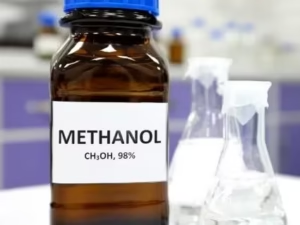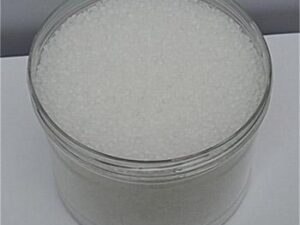Description
Cyclohexane: The Aliphatic Ring That Shapes Chemistry and Beyond
Cyclohexane, a simple yet fundamental organic compound, holds a significant place in the world of chemistry. It’s a cyclic alkane consisting of six carbon atoms arranged in a ring, with each carbon atom also bonded to two hydrogen atoms. Its formula is C6H12, and its importance stems not only from its presence in various natural products but also from its unique conformational properties and its role as a versatile solvent and intermediate in chemical reactions.
The Chair and Beyond: Conformational Isomerism
Unlike benzene, which is a planar molecule, cyclohexane is most stable in a non-planar conformation to minimize torsional strain and angle strain. The most stable conformation is the chair conformation, aptly named for its resemblance to a reclining chair. In this conformation, all the carbon-carbon bonds are staggered, and the bond angles are near the ideal tetrahedral angle of 109.5 degrees.
The chair conformation isn’t static. Cyclohexane molecules are constantly undergoing ring flipping, also known as chair-chair interconversion. This process involves the movement of atoms within the ring, transforming one chair conformation into another. A key aspect of this ring flipping is the interconversion of axial and equatorial positions. Each carbon atom has one axial substituent (pointing straight up or down) and one equatorial substituent (pointing outwards, roughly along the ‘equator’ of the ring). During ring flipping, axial substituents become equatorial, and vice versa.
The preference for substituents to occupy the equatorial position is driven by steric hindrance. Larger groups experience more steric strain in the axial position due to interactions with the axial hydrogens on the same side of the ring. This preference influences the reactivity and properties of substituted cyclohexanes.
A Versatile Solvent and Chemical Building Block
Cyclohexane boasts several properties that make it a valuable solvent:
- Non-polar Nature: It dissolves non-polar substances effectively, making it useful for extracting oils, fats, and waxes.
- Low Reactivity: Its inert nature allows it to be used as a solvent for reactions where the solvent shouldn’t interfere with the reactants.
- Relatively Low Boiling Point: Its boiling point of 80.7°C allows for easy removal through evaporation after a reaction or extraction.
Beyond being a solvent, cyclohexane serves as an important intermediate in the production of various chemicals. It’s a crucial precursor to:
- Adipic Acid: A key ingredient in the production of nylon 6,6, a widely used polymer.
- Cyclohexanone: Used in the production of adipic acid and caprolactam (another nylon precursor), as well as a solvent and chemical intermediate in its own right.
Cyclohexane in Nature and Industry
While not as prevalent as benzene-containing compounds, cyclohexane and its derivatives are found in nature, particularly in some essential oils and petroleum. However, most cyclohexane used industrially is produced through the hydrogenation of benzene derived from petroleum. This process involves reacting benzene with hydrogen gas in the presence of a catalyst, typically nickel-based.
Conclusion
Cyclohexane, often overlooked, is a fundamental compound with a rich chemical story. Its conformational properties, particularly the dynamic equilibrium between chair conformations and the preference for equatorial substituents, profoundly influence the behavior of its derivatives. As a versatile solvent and a crucial building block in the production of important polymers, cyclohexane continues to play a vital role in chemical industries and our daily lives. Its seemingly simple structure belies the complexity and importance it holds within the realm of chemistry.



















Reviews
There are no reviews yet.